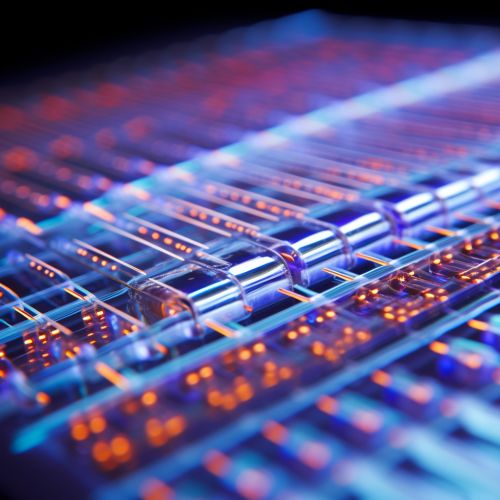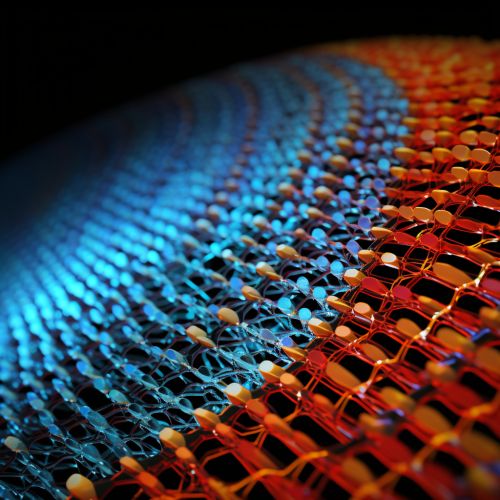Protein Microarray
Introduction
Protein microarrays, also known as protein chips, are high-throughput methodological platforms used for tracking the interactions and activities of proteins, and for determining their function on a large scale. Its main advantage lies in the fact that large numbers of proteins can be tracked in parallelProtein Interaction Networks. The technology has found widespread use in the field of proteomics, which is the large-scale study of proteins, particularly their structures and functionsProteomics.


History
The concept of protein microarrays was first introduced in the late 1990s, following the development of DNA microarraysDNA Microarrays. The first protein microarray was created by Ziauddin and Sabatini in 2001, who used a robotic device to spot cell lysates on a glass slide and probe with antibodies to various proteins1.
Types of Protein Microarrays
There are two main types of protein microarrays: analytical and functional.
Analytical Microarrays
Analytical microarrays, also known as capture microarrays, involve the capture of proteins with antibodies. These microarrays are used to measure the relative abundance of a specific protein in different samples2.
Functional Microarrays
Functional microarrays, on the other hand, are used to study protein function. They involve the use of purified proteins, which are then probed with various molecules to study their activity3.


Applications
Protein microarrays have a wide range of applications in various fields, including drug discovery, diagnostics, and proteomics research. They can be used for protein-protein interaction studies, protein-DNA interaction studies, and protein-ligand interaction studiesProtein-Ligand Interactions.
Drug Discovery
In drug discovery, protein microarrays can be used for target identification and validation, as well as for screening potential drug candidatesDrug Discovery.
Diagnostics
In diagnostics, protein microarrays can be used for disease biomarker identification and validation. They can also be used for patient stratification and monitoring disease progressionDisease Biomarkers.


Proteomics Research
In proteomics research, protein microarrays can be used for studying protein function and interactions on a large scale. They can also be used for studying post-translational modifications and protein dynamicsPost-Translational Modifications.
Challenges and Future Directions
Despite their potential, protein microarrays face several challenges. These include issues related to protein stability, the availability of high-quality antibodies, and the need for high-throughput methods for protein purification. Furthermore, there are also challenges related to data analysis and interpretation4.
Looking ahead, it is expected that advances in technology will help to overcome these challenges. For instance, the development of next-generation sequencing technologies could potentially revolutionize the field of protein microarraysNext-Generation Sequencing.
See Also
- Protein-Protein Interactions
- Protein-DNA Interactions
- Protein-Ligand Interactions
- Proteomics
- Drug Discovery
- Disease Biomarkers
- Post-Translational Modifications
- Next-Generation Sequencing
References
1. Ziauddin J, Sabatini DM. Microarrays of cells expressing defined cDNAs. Nature. 2001;411(6833):107-10. 2. Sutandy FXR, Qian J, Chen CS, Zhu H. Overview of protein microarrays. Curr Protoc Protein Sci. 2013;Chapter 27:Unit 27.1. 3. Angenendt P. Progress in protein and antibody microarray technology. Drug Discov Today. 2005;10(7):503-11. 4. Korf U, Derdak S, Tresch A. Recent advances and future challenges in protein microarray technology. Expert Rev Proteomics. 2015;12(3):255-68.
